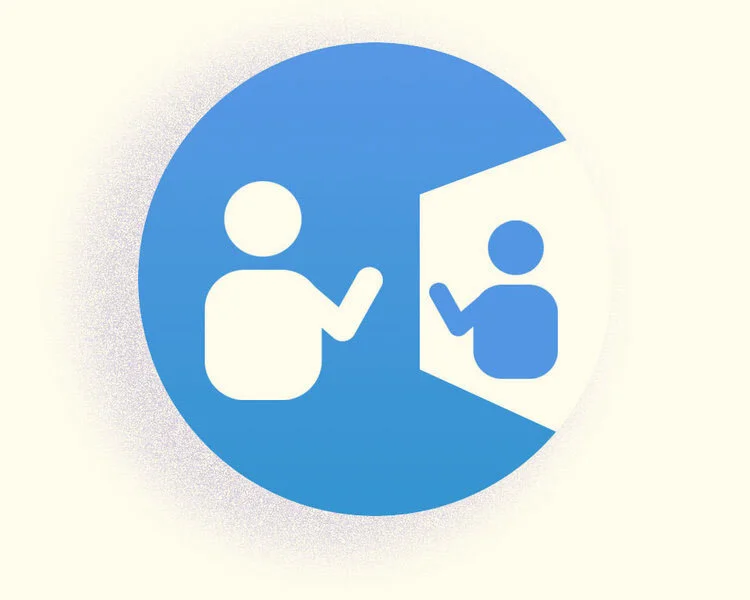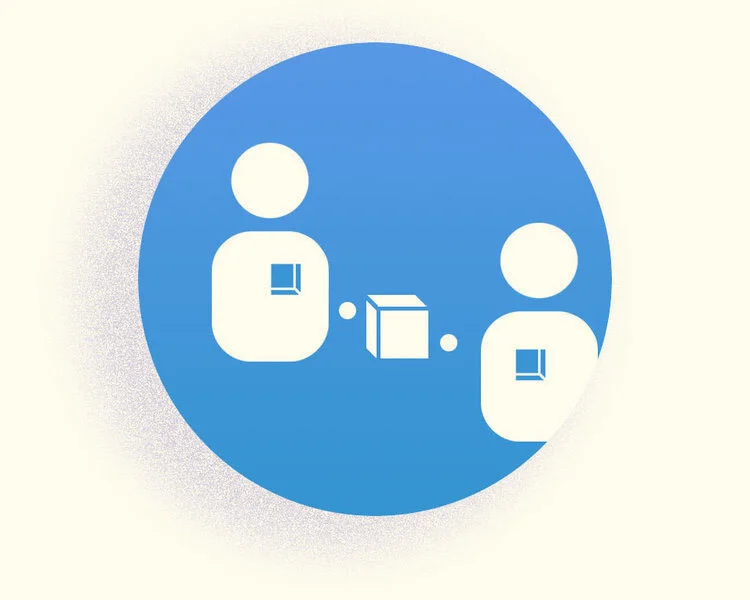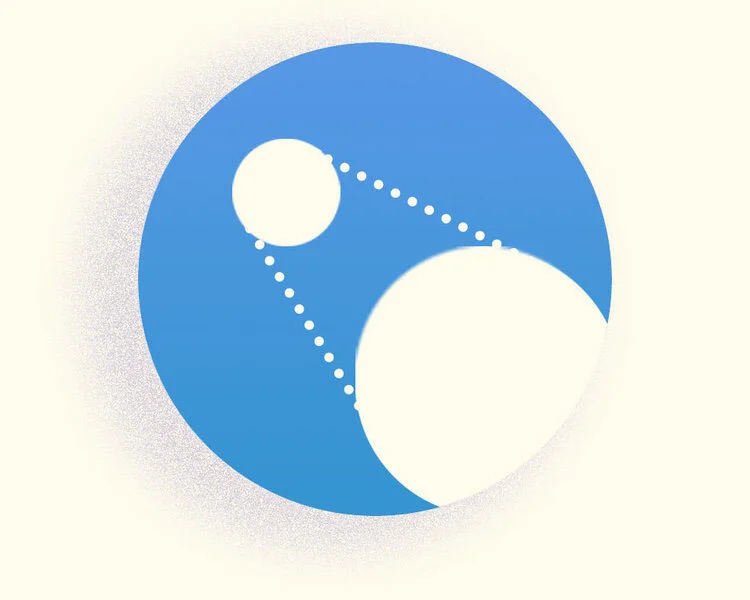Guidelines for empathy in online communication
Project overview
In February 2019, I was selected as one of nine finalists from all over the world to participate in the Student Design Charette at the IxDA conference in Seattle. With the theme of the conference being inclusive design, the charette brief was broad— “Empathy at scale”. What followed was a rigorous 72-hour period designathon, along with Gloriana Omodeo of Strategic Design Institute, Costa Rica and Ambika Vohra of Michigan University, United States and under the wings of wise Microsoft designers. we developed a set of guidelines to bring greater empathy in online communication environments in the modern workplace.
Project achievements
Winner of IxDA 2019 Student Design Charette sponsored by Microsoft Design.
Project executed from research to execution over the course of 72 hours with expert interviews at the conference.






















